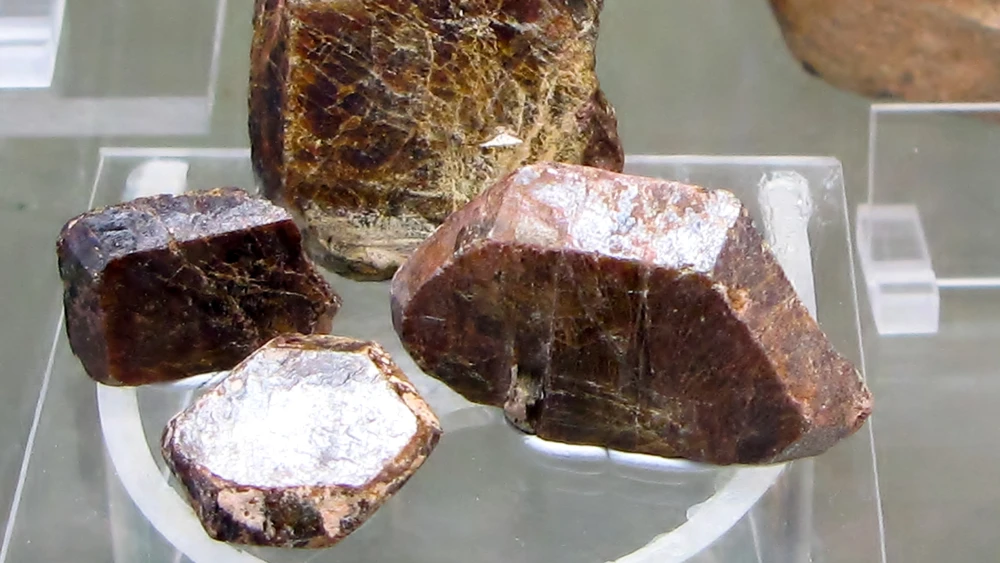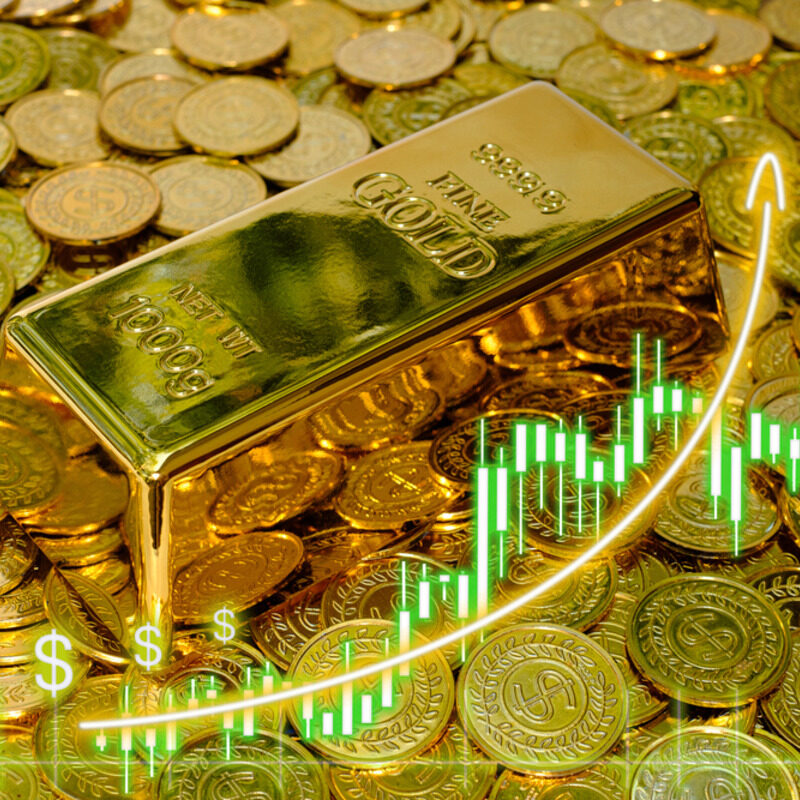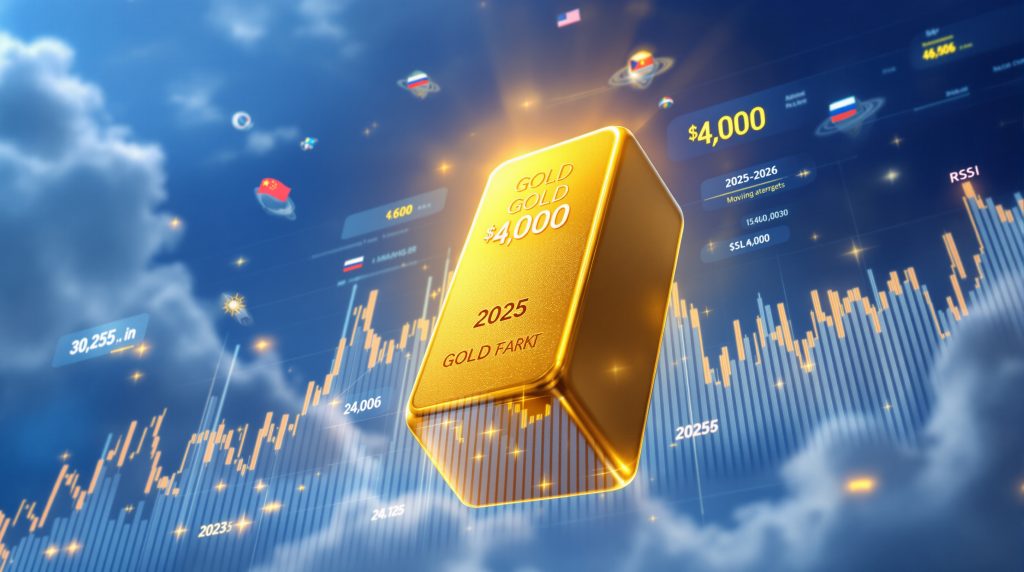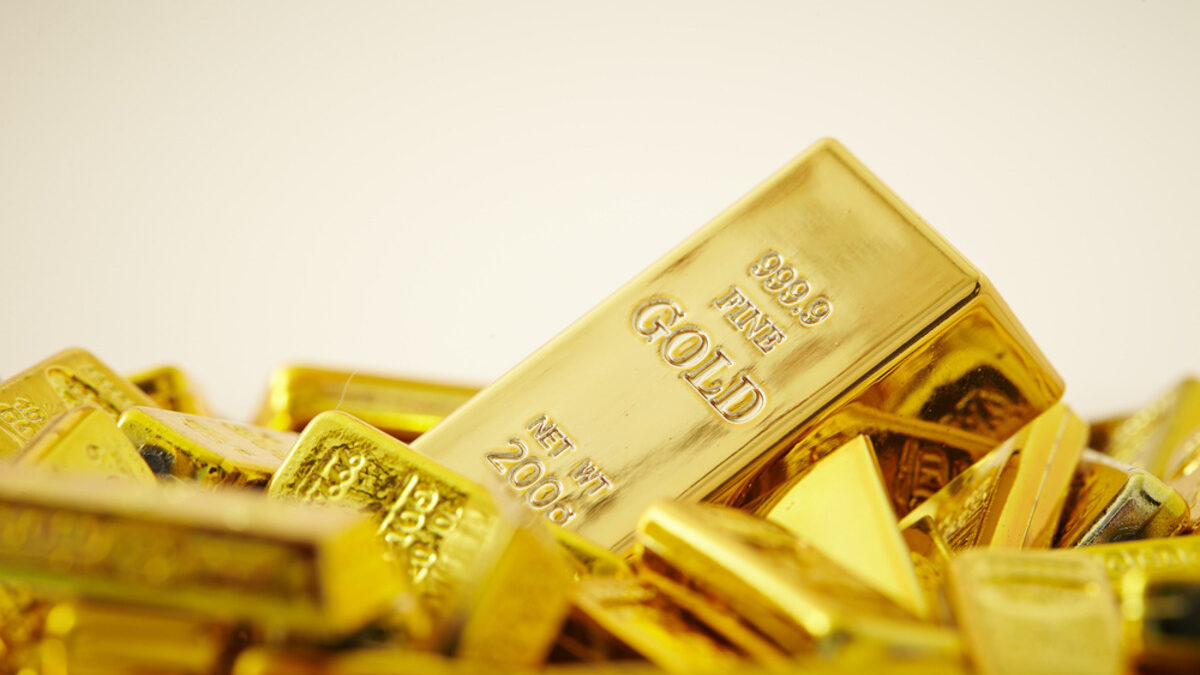Metal Markets

Dubai 24-carat gold price today drops AED479; global rates briefly reclaim $4000 level as investors eye central bank rate cuts
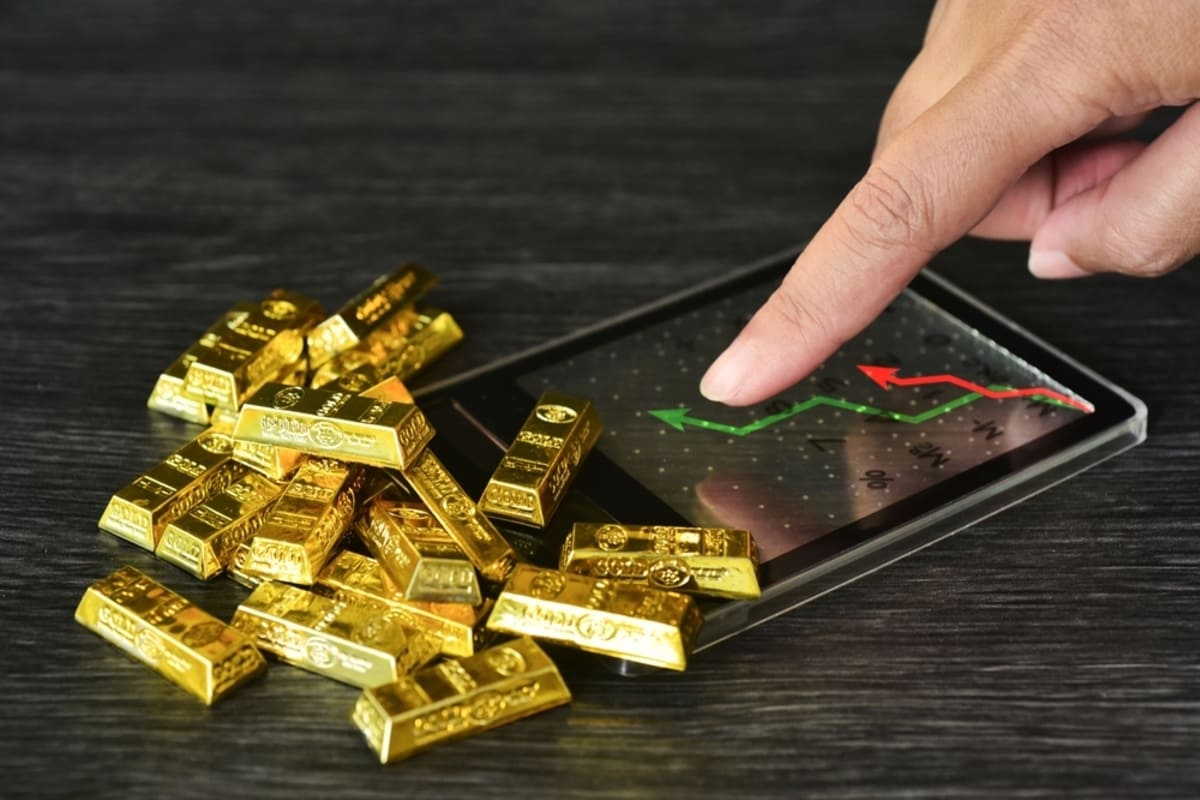
Gold prices rebounded strongly on Tuesday, briefly reclaiming the $4,000-an-ounce psychological level in the international bullion market after a sharp plunge earlier this week. This renewed strength was driven primarily by a softer U.S. dollar and growing prospects of interest rate cuts by major central banks, boosting gold’s appeal as a safe-haven and inflation hedge asset.
After falling just below $4,000 during the previous trading sessions—largely due to easing U.S.-China trade tensions and temporary strength in the dollar—the precious metal showed a robust recovery. Gold temporarily reclaimed the $4,000 mark as investor sentiment turned cautious amid rising expectations that policymakers might begin easing monetary policy to support slowing economic growth.
Later, prices fell below $4,000, with global spot gold decreasing by about 1.12 percent, trading at approximately $3,960.38 per ounce. Moreover, U.S. gold futures for December delivery sank 1.09 percent to $3,976.61. Meanwhile, the dollar surged to its highest level against the Japanese yen in over two weeks, making gold more expensive for investors using other currencies, which contributed to the downward pressure on gold prices.
Sensitivity to currency fluctuations
In Dubai, gold rates declined, with 24-carat gold losing AED2.25 to AED479.00 and 22-carat gold falling AED2.00 to AED443.50. Additionally, 21-carat gold declined AED2.00 to AED425.25, and 18-carat gold ticked down AED2.00 to AED364.25.
In India, the world’s second-largest gold consumer, prices showed some divergence by continuing to slide slightly. Data from market trackers indicated that 24-carat gold saw a correction of approximately Rs 820 per 10 grams on the day, reflecting local demand dynamics and currency fluctuations. Market analysts noted that gold’s movement remains sensitive to fluctuations in the U.S. dollar and global monetary policy signals. A softer dollar makes gold more affordable for holders of other currencies, directly supporting demand. Meanwhile, rate-cut expectations diminish the opportunity cost of holding non-yielding assets like gold, enhancing its attractiveness.
Over the past month, gold prices have generally shown an upward trend, climbing by over 3.5 percent and remaining significantly higher compared to the same period last year, with a year-over-year gain exceeding 43 percent. Some economic models project that gold could continue advancing, with forecasted prices exceeding $4,150 by the end of the current quarter and potentially reaching above $4,350 within a year.
Easing trade tensions
The backdrop of this price recovery includes mixed signals from key global economies. While some easing trade tensions between the U.S. and China have been observed, uncertainties about inflation persistence and geopolitical developments keep investors alert, often turning towards gold’s perceived safety. Gold also hit new highs multiple times this year, breaking the $4,000 level earlier in October before retreating briefly amid profit-taking and favorable trade developments. However, analysts suggest that any dips in the gold price could be temporary corrections within a broader bullish trend fueled by macroeconomic and geopolitical factors.
The futures market also reflects this outlook, with gold contracts trading robustly above $4,000. Investors continue weighing the impact of central bank meetings scheduled for the coming weeks, which are expected to provide fresh cues on interest rates. The consensus in the market leans towards a near-term reduction in rates by the U.S. Federal Reserve and other major banks to nurture economic growth.
Besides the international market, domestic gold demand and prices remain influenced by local currency performance and government policies relating to import duties and taxation. In India, the slight price dip on October 28 reflects such domestic factors amid global gold price gains.
Silver prices followed a similar pattern, with recent sharp corrections partially reversing and prices stabilizing alongside gold. Silver is currently trading at $46.51 per ounce, reflecting a decline of 0.64 percent.




